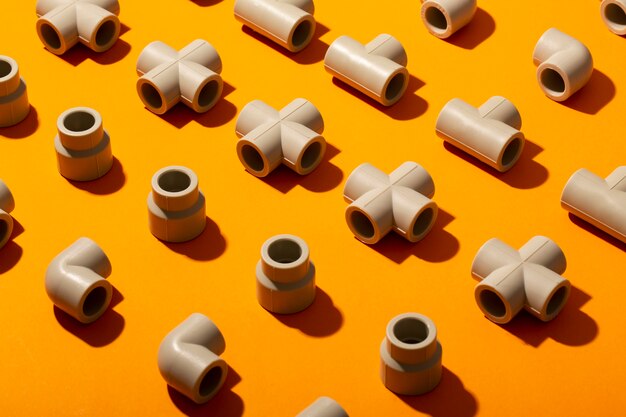
Sponsored article
This article provides a comprehensive insight into the basics of domestic water heating systems, delving into the core principles of heat transfer, the vital components making up these systems, and an overview of the different types of water heaters found in homes today. Designed for anyone looking to gain a better understanding of how their hot water system functions and the important role each component plays.
Water heating is an essential process in modern households, based on key principles like heat transfer. In its simplest terms, heat transfer refers to the movement of heat from a hotter object to a cooler one until both reach an equilibrium. This principle is the backbone of domestic water heating systems, where water is heated and circulated throughout the household for use in various daily tasks.
At the heart of this process, you will find the necessary components such as heat exchangers and pumps. Leading suppliers, like Alfa Heating Supply, offer high-quality and reliable parts for your water heating system, ensuring optimal heat transfer for effective water heating. Understanding these basics will empower homeowners to make more informed choices about their heating solutions.
Your water heater arguably forms the heart of your domestic water heating system. It’s one of the critical components that determine the success of the other parts of the system. It heats the water either through electrical resistance or burning of natural gas depending on the type of heater you have installed.
The functioning of a water heater involves several components, each having individual functions. These include the tank, where the hot water is stored, the heat-out pipe that lets out the heated water, and the drain valve used for emptying the tank. The temperature and pressure relief valve are crucial safety features of the system. It triggers when the system’s pressure or temperature exceeds safe levels. Thus, understanding these components and their functions can vastly improve the efficiency and longevity of your water heating system.
Water heaters are essential in every household, offering the comfort of hot water at any moment. The different types of water heaters available for home use are storage tank, tankless, heat pump, and solar. Storage tank water heaters, the most common type, operate by releasing hot water from the top of the tank when the tap is turned on and replacing it with cold water at the bottom. Tankless types, on the other hand, use heating coils to heat water as needed, proving more energy-efficient but less capable of handling large capacities.
Heat pump water heaters capture heat from the air or ground and transfer it to the water, they are highly energy-efficient but demand a warm environment for operation. Solar water heaters use solar panels installed on the roof to collect heat from the sun, converting it into energy to heat water. Each variety of water heater provides specific details and operation specifics, demanding consumers to evaluate the pros and cons associated with each type, such as energy efficiency, capabilities, and initial costs.